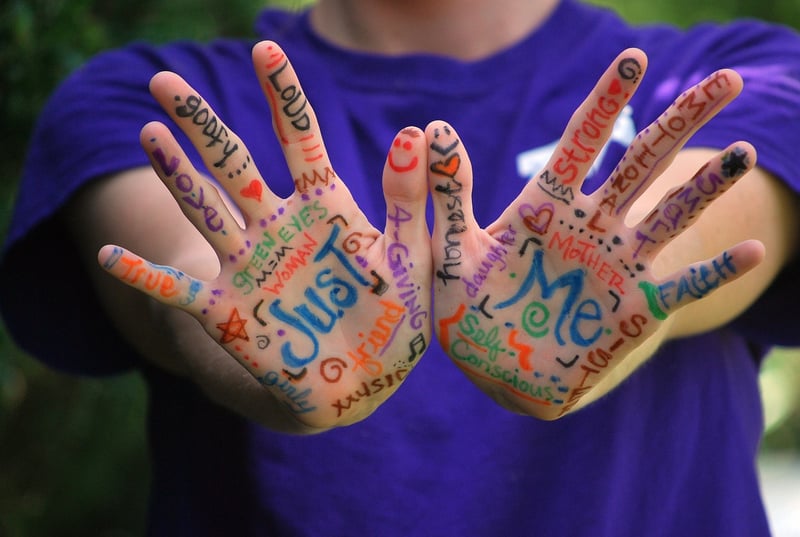Quiet Hints
Decoding Subtle Hints: Understanding Quiet Cues
Have you ever found yourself in a situation where someone is dropping subtle hints that you just can't seem to grasp? Understanding subtle cues and quiet hints is an essential skill in communication. Whether you're in a professional setting, social gathering, or personal conversation, decoding these hints can help you navigate relationships with finesse.
Why are Subtle Hints Important?
Subtle hints often convey underlying messages that are not explicitly stated. They can provide insight into a person's feelings, thoughts, or desires without direct verbal communication. By paying attention to these cues, you can enhance your emotional intelligence and build stronger connections with others.
How to Decode Subtle Hints
- Observe Body Language: Pay attention to non-verbal cues such as facial expressions, gestures, and posture. These subtle signals can reveal a person's true emotions.
- Listen Carefully: Sometimes, subtle hints may be embedded in casual remarks or tone of voice. Active listening is key to picking up on these cues.
- Consider Context: Understanding the context of the situation can help you interpret subtle hints more accurately. Consider the environment, past interactions, and cultural factors.
- Ask Clarifying Questions: If you're unsure about a subtle hint, don't hesitate to ask clarifying questions. Seeking clarification shows that you value open communication.
Examples of Quiet Hints
Quiet hints can vary depending on the individual and the situation. Here are some common examples:
- Subtle Changes in Tone: A sudden shift in tone or volume during a conversation may indicate discomfort or disagreement.
- Avoiding Eye Contact: Avoiding eye contact can be a sign of shyness, insecurity, or dishonesty.
- Delayed Responses: Pausing before responding or hesitating to answer could suggest uncertainty or hesitation.
Practice Makes Perfect
Decoding subtle hints is a skill that improves with practice. By honing your observation skills and actively listening to others, you can become more adept at deciphering quiet cues. Remember, effective communication is a two-way street that requires attentiveness and empathy.
Next time you find yourself in a conversation, pay attention to the subtle hints and quiet cues that may be present. By understanding these nuances, you can enhance your communication skills and deepen your connections with those around you.
Keep practicing, stay attentive, and decode those subtle hints with confidence!

Image source: Pixabay
